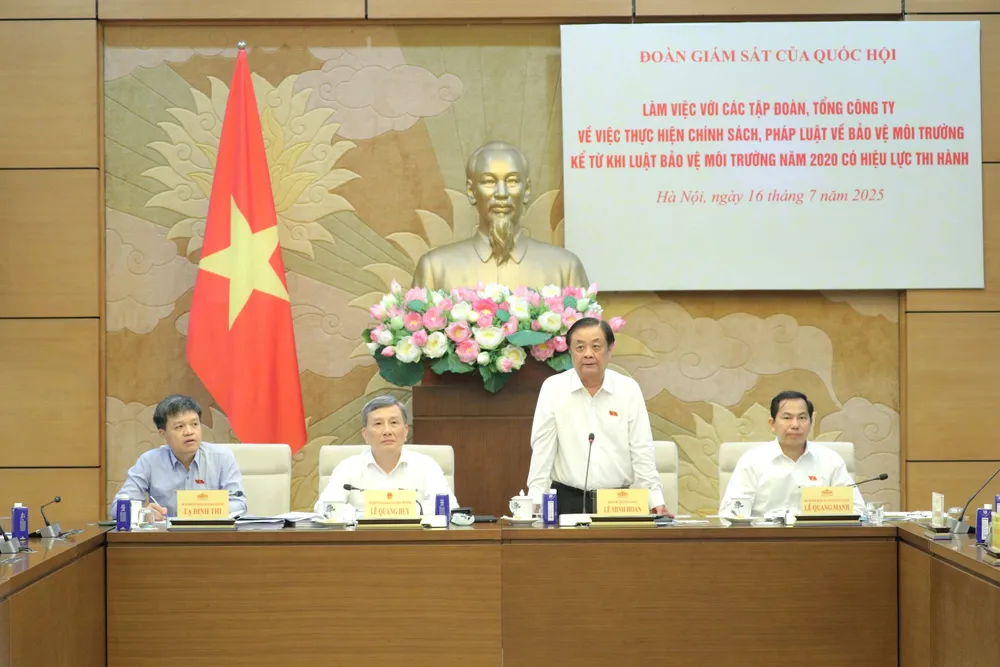
Coal dust and ash emissions remain a difficult problem.
At the meetings, Vice Chairman of the Committee for Science , Technology and Environment Ta Dinh Thi raised many issues of concern to the monitoring delegation such as the limitations in environmental protection work; difficulties in implementing new regulations; the ability to meet increasingly strict environmental standards; as well as the implementation of green transformation policies, reducing greenhouse gas emissions, etc.
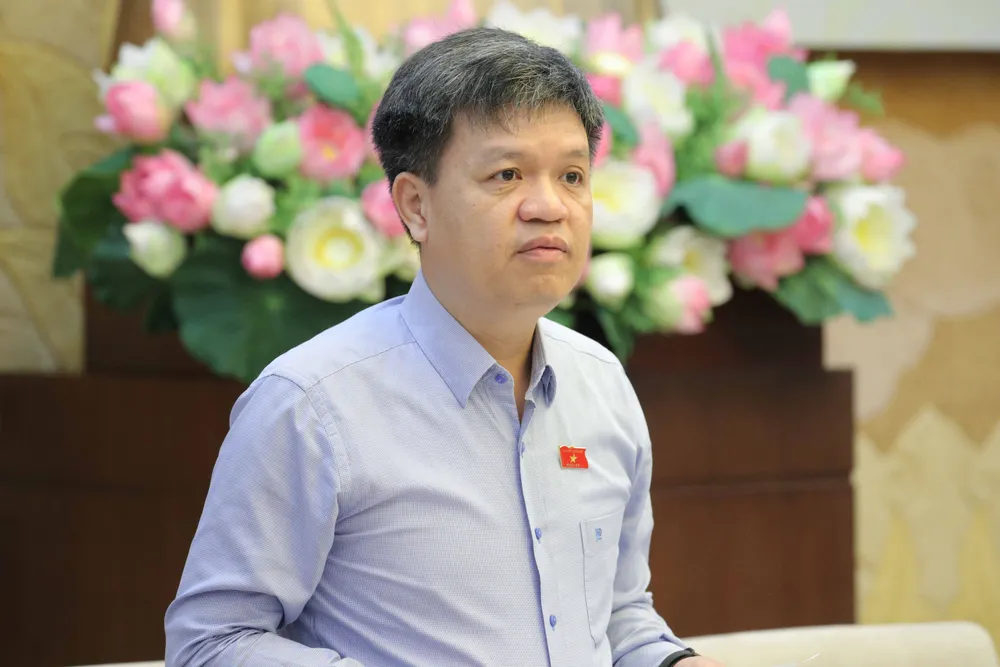
In particular, for EVN, from July 1, 2025, thermal power plants will have to apply the National Technical Regulation QCVN 19:2024/BTNMT on industrial emissions from thermal power plants, replacing the current QCVN 22:2009/BTNMT. Compared to before, the indicators on dust, SO₂, NOx in the new standards are much stricter. Investing in renovating and upgrading the emission treatment system to meet the new requirements is a big challenge, especially in terms of technology, finance and implementation progress. How does this directly affect the group's production and business activities? Management of industrial solid waste, especially ash and slag from thermal power plants, is also an issue raised by members of the monitoring delegation. Specifically, at Vinh Tan Thermal Power Center, the emission of coal dust and ash and slag is still a difficult problem, requiring both short-term and long-term solutions. According to the monitoring delegation, EVN has not yet conducted a comprehensive and overall inventory of greenhouse gas emissions annually, so it has not been possible to quantify the results of greenhouse gas emission reduction and evaluate the effectiveness of investment solutions that the group has implemented in recent years.
Reporting to the monitoring delegation, EVN General Director Nguyen Anh Tuan affirmed that EVN always identifies that environmental protection is not only a legal obligation and social responsibility, but also a key factor to ensure sustainable development and long-term operation of each power plant in the system. During the management and operation process, EVN and its member units always fully comply with commitments on environmental protection, and at the same time invest in installing automatic environmental treatment and monitoring systems at power generation facilities.
To date, all EVN power plants have been granted environmental licenses. Wastewater monitoring systems have been deployed synchronously, and monitoring data has been publicly disclosed as required. Most coal-fired thermal power plants have completed investment in exhaust gas treatment systems, ensuring compliance with current technical standards.
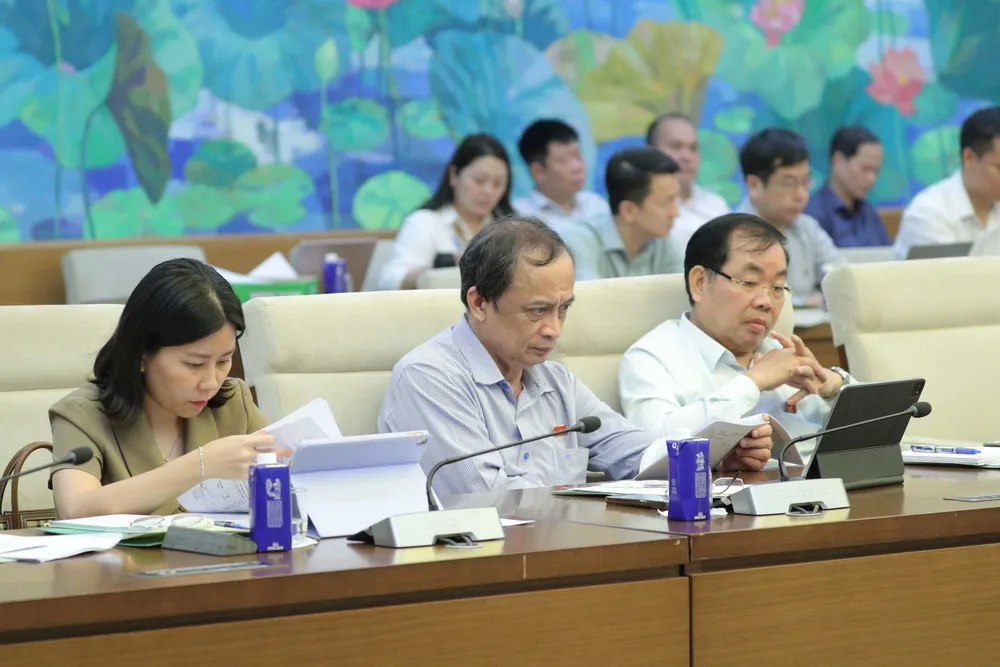
Acknowledging that the Pha Lai 1 Thermal Power Plant and Ninh Binh Thermal Power Plant currently do not have a satisfactory exhaust gas treatment system, EVN has determined to change technology and move towards completely new construction to meet environmental requirements in the coming time. Regarding the situation of ash and dust generation at Vinh Tan Thermal Power Center, affecting the environment and people's lives, EVN's General Director said that EVN has assigned the plant to develop a closed coal storage project. The project is expected to start at the end of 2025 and be completed within 6 months.
There are still many technical standards and regulations that have not been issued by the ministries.
At the meeting with Vinachem, Mr. Le Hoang, Deputy General Director of Vinachem, said that in May 2025, the group issued a plan to implement green transformation and digital transformation, aiming to realize sustainable development goals. The group also directed and thoroughly informed the heads of affiliated units to seriously implement greenhouse gas inventories.
As of June 30, 2025, the total amount of ash, gypsum waste, and gypsum remaining at landfills is more than 7.4 million tons, of which DAP Company has 3.85 million tons and DAP Company 2 has 3.63 million tons. Currently, DAP Company 2 has coordinated with units to implement a project to add a gypsum processing and recycling line with a capacity of 850,000 tons/year.
According to Vinachem leaders, up to now, there are still many technical standards and regulations that have not been issued by the ministries. These include standards and regulations on the treatment of PG gypsum used as filling materials, road foundations, and restoration of areas where mineral exploitation has ended according to the provisions of the law on minerals and meeting environmental protection requirements; guidance on the burial of gypsum waste (PG gypsum) in cases where gypsum waste cannot be used or recycled. This is one of the major difficulties that has prevented the treatment and consumption of PG gypsum from achieving its goals.
Source: https://www.sggp.org.vn/evn-chua-kiem-ke-toan-dien-va-tong-the-luong-khi-nha-kinh-phat-thai-hang-nam-post803979.html


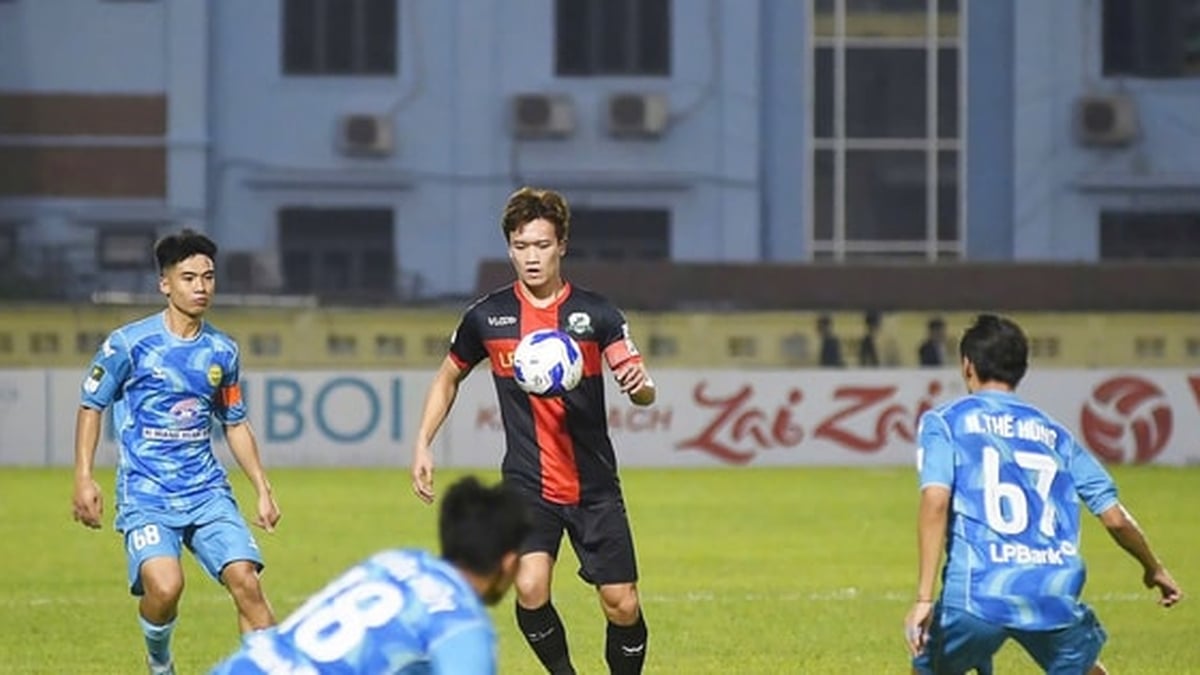
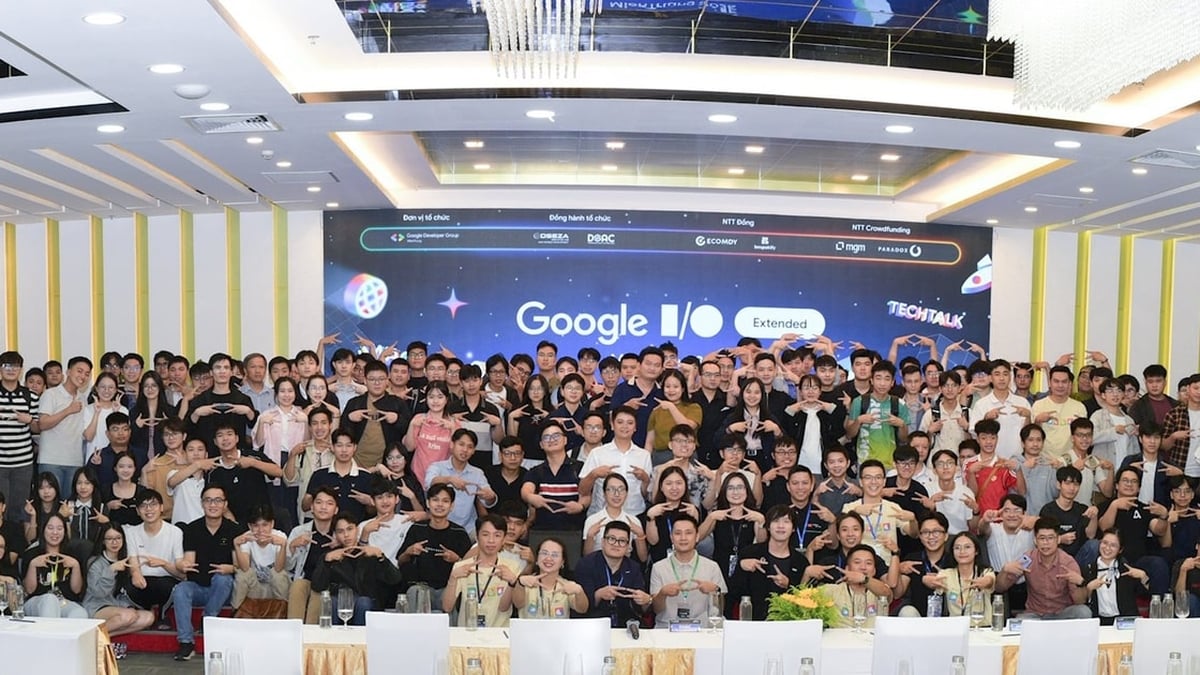

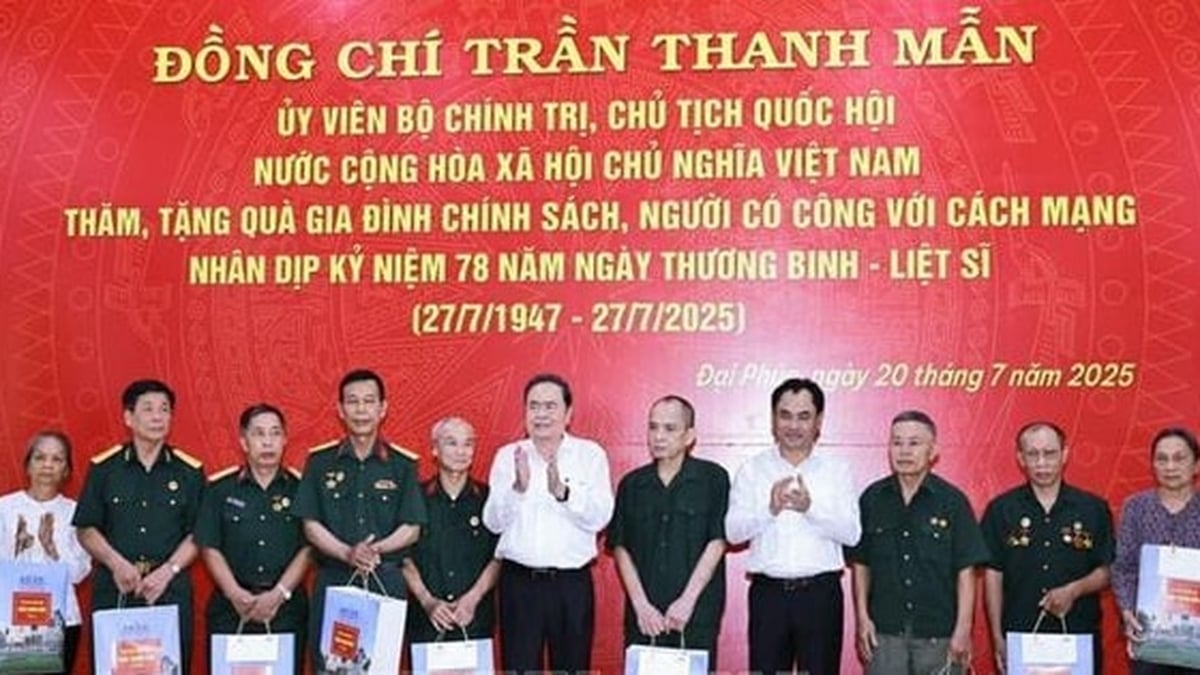
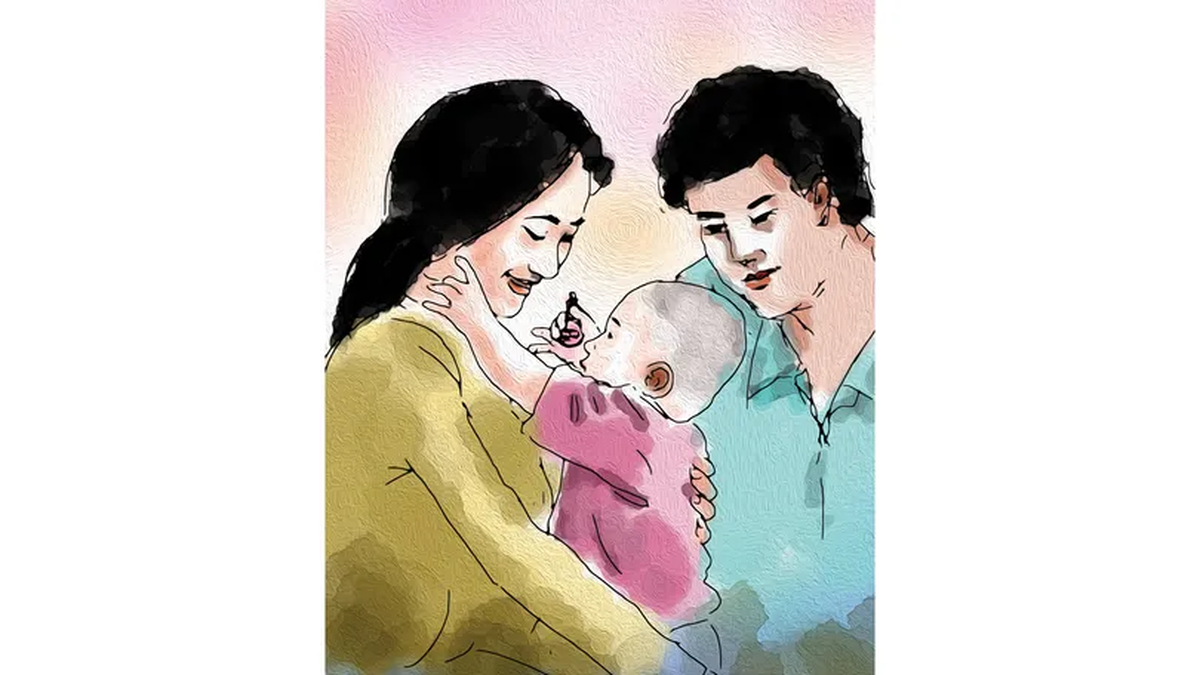


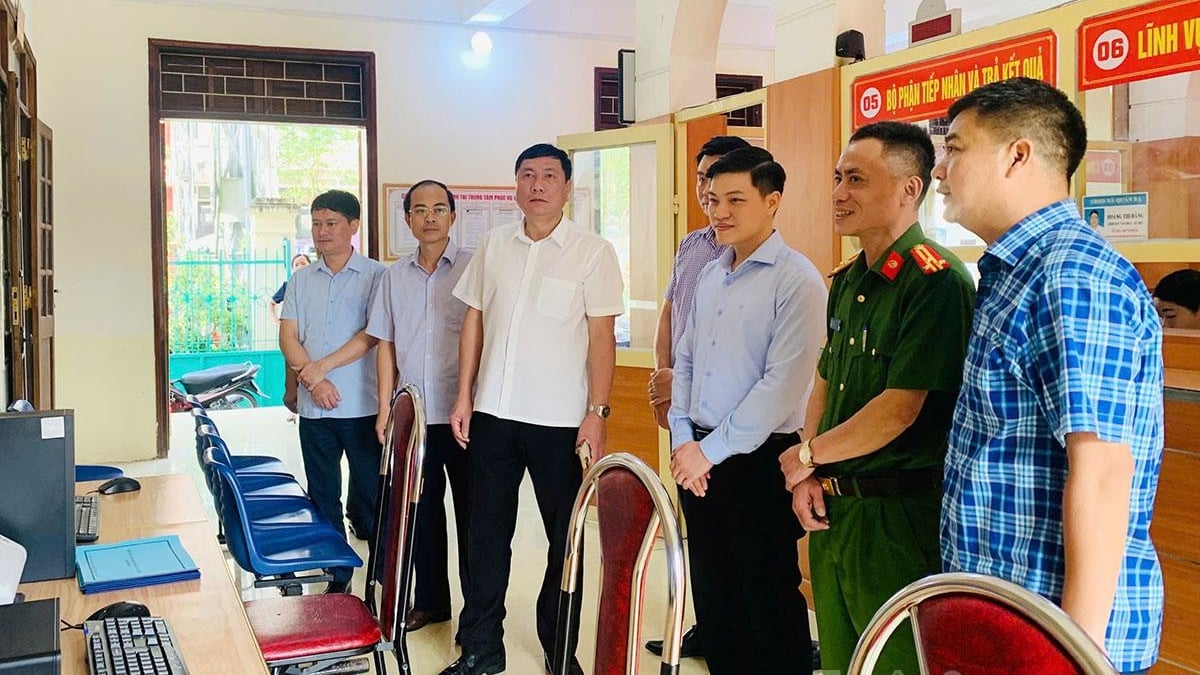
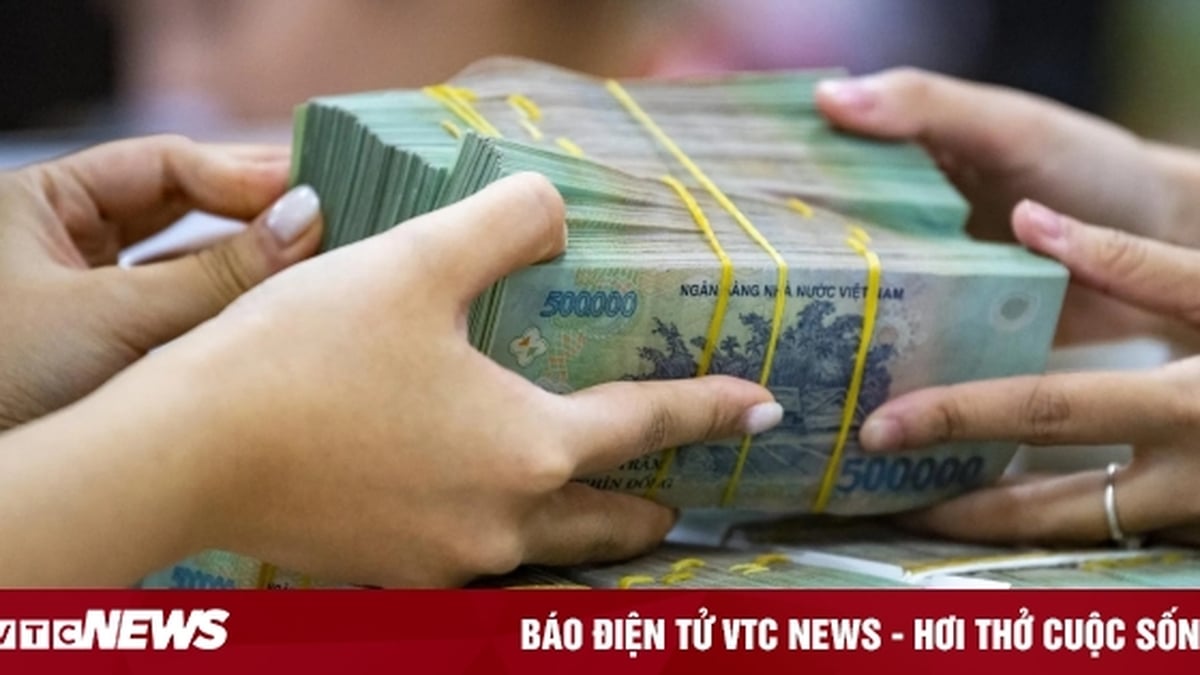











![[Photo] National Assembly Chairman Tran Thanh Man visits Vietnamese Heroic Mother Ta Thi Tran](https://vphoto.vietnam.vn/thumb/1200x675/vietnam/resource/IMAGE/2025/7/20/765c0bd057dd44ad83ab89fe0255b783)









































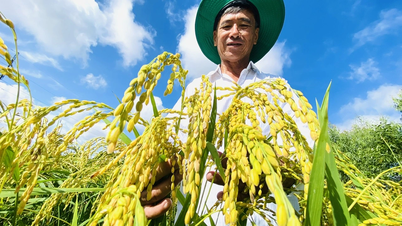

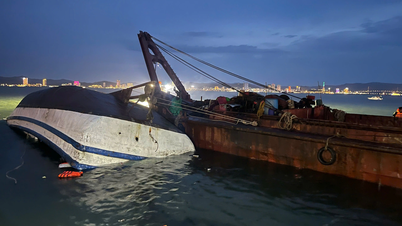
































Comment (0)